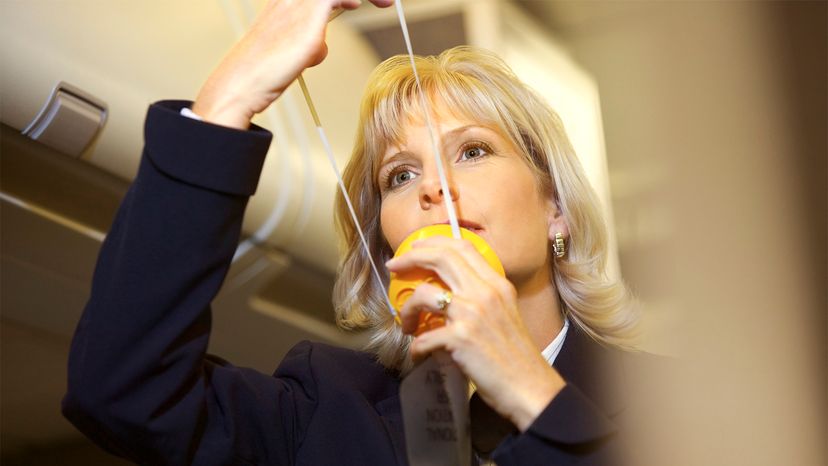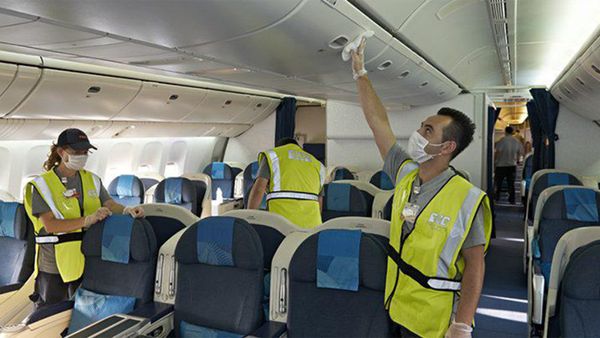Cabin pressurization works so well that passengers barely even notice it, in part because it gradually adjusts the cabin air pressure inside the plane as it climbs in altitude, and then adjusts it again on the way down, explains Chuck Horning. He's been an associate professor in the aviation maintenance science department at Embry-Riddle Aeronautical University in Daytona Beach, Florida, since 2005 and before that, a mechanic and maintenance instructor at Delta Airlines for 18 years.
"It's not a terribly complex system," says Horning, who explains that the basic technology has pretty much stayed the same for decades, though the advent of electronic, computerized controls has made it more precise. Essentially, the aircraft uses some of the excess air that's pulled in by the compressors in its jet engines. "The engines don't need all that air for combustion, so some of it is tapped off and used both for air conditioning and pressurization."
The excess air from the compressors is cooled, and then pumped into the cabin. It's regulated by a device called the air cabin pressure controller, which Horning describes as "the brains of the pressurization system."
"That controller automatically regulates the pressurization," Horning explains. "It knows from information that the flight crew enters in what the cruising altitude is. It schedules the pressurizing so that as the airplane climbs and the external pressure goes down, it goes to work."
Pressurizing an aircraft too much could put its fuselage under too much stress from differential pressure as the plane climbs, Horning says. To avoid that, airliners don't try to duplicate the air pressure at sea level. Instead, at a cruising altitude of 36,000 feet (10,973 meters), most commercial jets simulate the air pressure at an elevation of 8,000 feet (2,438 meters), about the same as Aspen, Colorado.
The Boeing 787 Dreamliner, which has super-strong carbon fiber in its airframe, is able to get that down to the equivalent of air pressure at 6,000 feet (1,829 meters). "That's better, because as the cabin altitude goes up, you have less oxygen in your blood," Horning explains. "That's why when you get off a plane, you may feel tired."
How much air needs to be added to pressurize depends on the volume of the cabin, Horning says. Because the aircraft's pressurization system works in combination with the air conditioning system, it's also continuously cycling that air through the cabin, recirculating some of it and venting the rest as it draws in fresh air from the engine compressor.
Most airplanes will completely exchange the air inside the cabin in three to five minutes, according to Horning.


